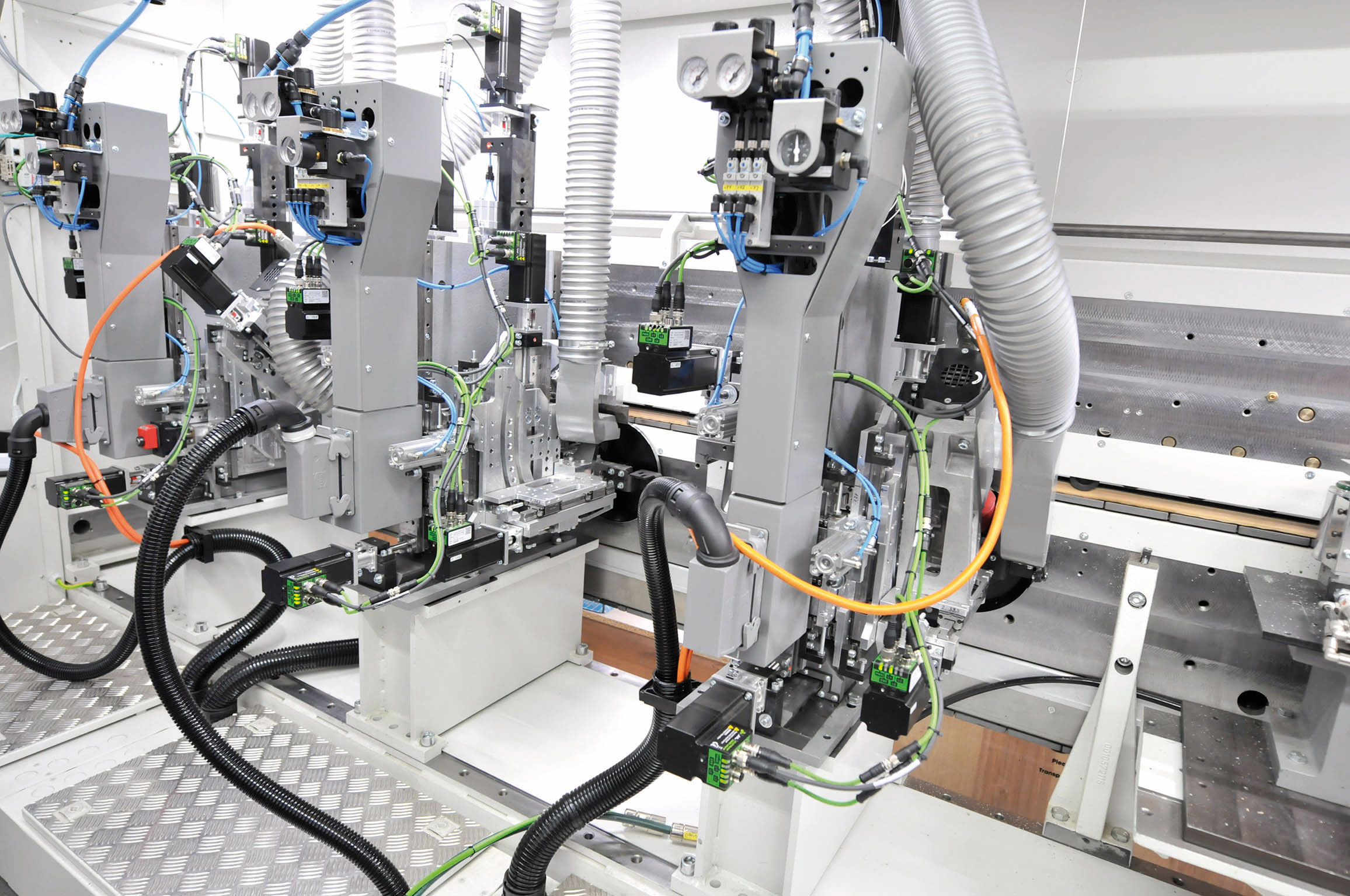
#Bouml direction aggregation mac
So, in order to make a determination, one could look further at the actual MAC addresses mentioned in both of the (Up/Down) traps.

Port Role Type Admin Oper Link State Pair Redundantĥ/10 Srvc 10G Ethernet Enabled - Up - 6/10 LA~ 5/10ĥ/11 Srvc 10G Ethernet Enabled Up Up Active 6/11 LA~ 5/10ĥ/15 Srvc 10G Ethernet Enabled Up Up Active 6/15 LA~ 5/10ĥ/16 Srvc 10G Ethernet Enabled Up Up Active 6/16 LA~ 5/10Ħ/10 Srvc 10G Ethernet Enabled - Up - 5/10 LA+ 5/10Ħ/11 Srvc 10G Ethernet Enabled Up Up Active 5/11 LA+ 5/10Ħ/15 Srvc 10G Ethernet Enabled Up Up Active 5/15 LA+ 5/10Ħ/16 Srvc 10G Ethernet Enabled Up Up Active 5/16 LA+ 5/10īut, if there have been multiple LAG switches over time, then one would possibly not have the output of "show port table" from the time period after a particular LAG switch unless they happened to have captured such output at the time. In the particular example above, the switch was from ports on 5 to 6: Now, "show port table " will indeed indicate which is the active set of ports at any given time via the "+" symbol, so for the latest switch, this command can be used to determine the direction of the switch. Note that the card number has no significance in indicating which set of ports has become active, as it is referencing the active MMIO, while the port is simply the link aggregation master port (versus member ports). Here is an example of the traps, along with the log message that gets generated (this log message says the same thing as the traps do):

LAG (Link Aggregation) SNMP traps that represent a switch from one LAG group of ports to the other, in and of themselves, do not indicate which actual set of LAG ports has become the active (distributing) ports.


 0 kommentar(er)
0 kommentar(er)
